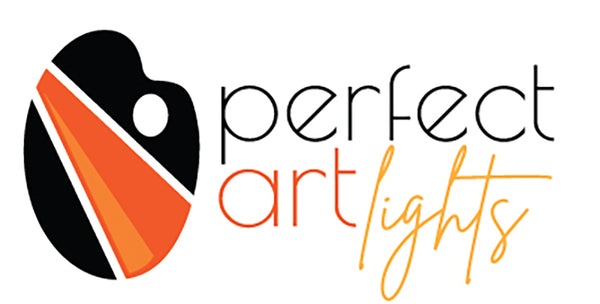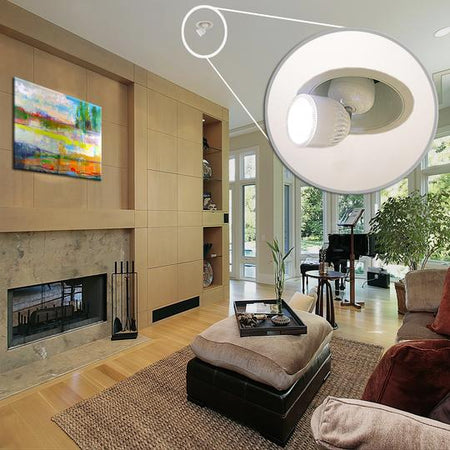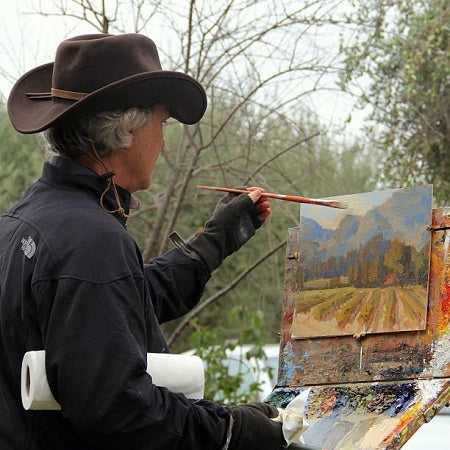Shedding Light on Studio Art Lighting: A Comprehensive Guide
March 31 2023 – Chad Norris

As an artist, lighting is crucial to creating stunning works of art. The right lighting can help bring out the colors and textures of your artwork, while poor lighting can distort your perception and make it difficult to see the true beauty of your creation. In this blog post, we will explore the ins and outs of studio art lighting and provide you with all the information you need to create the perfect lighting setup for your studio.
The Importance of Lighting in Art
Lighting is a fundamental element of art, and it plays a significant role in how we perceive art. It can affect the mood, the atmosphere, and the overall feeling of a piece. As an artist, you need to be able to control your lighting to best showcase your art.
Types of Artificial Light
There are two main types of artificial light: incandescent and fluorescent. Incandescent light bulbs are the most common type of light bulb and produce warm yellow light. Fluorescent bulbs, on the other hand, produce cool white light.
When choosing a light source, it’s important to consider the color temperature. Color temperature is measured in Kelvin (K) and ranges from warm (2000K-3000K) to cool (6000K-6500K). Warm colors are great for creating a cozy, intimate atmosphere, while cool colors are perfect for creating a bright and energizing environment.
The Right Light Intensity
The intensity of your lighting is also important. Too much light can be harsh and create unwanted shadows, while too little light can make it difficult to see the details of your artwork. The ideal light intensity for a studio is between 2500-5000 lumens.
Setting Up Your Lighting System
When setting up your lighting system, it’s important to consider the layout of your studio. It’s best to place your lights at a 45-degree angle from your artwork to avoid glare and shadows. You should also use a combination of direct and indirect lighting to create a balanced and even lighting setup.
Choosing the Right Light Bulbs
Choosing the right light bulbs can make all the difference in your studio setup. LED bulbs are a great option as they are energy-efficient and produce very little heat. They also have a longer lifespan than traditional bulbs, which can save you money in the long run.
The Importance of Color Rendering
Color rendering is the ability of a light source to accurately reproduce colors. It’s important to choose a light source with a high color rendering index (CRI) to ensure that your artwork is seen in its true colors. A CRI of 90 or higher is recommended for studio lighting.
The Role of Natural Light
Natural light can add a beautiful and unique quality to your artwork. However, it’s important to be mindful of the changes in natural light throughout the day, as this can affect your artwork’s appearance. It’s best to use natural light as a supplement to your artificial lighting setup.
Maintenance and Safety
Maintaining your lighting system is important to ensure that it continues to function properly. It’s important to clean your light bulbs regularly and replace them when necessary. You should also be mindful of safety when working with lighting systems. Always make sure to turn off your lights when not in use and avoid using damaged equipment.
Conclusion
In conclusion, lighting is a crucial element of art and should not be overlooked. By following the tips outlined in this guide, you can create a lighting system that will enhance the beauty of your artwork and help you showcase your talent to the world.



